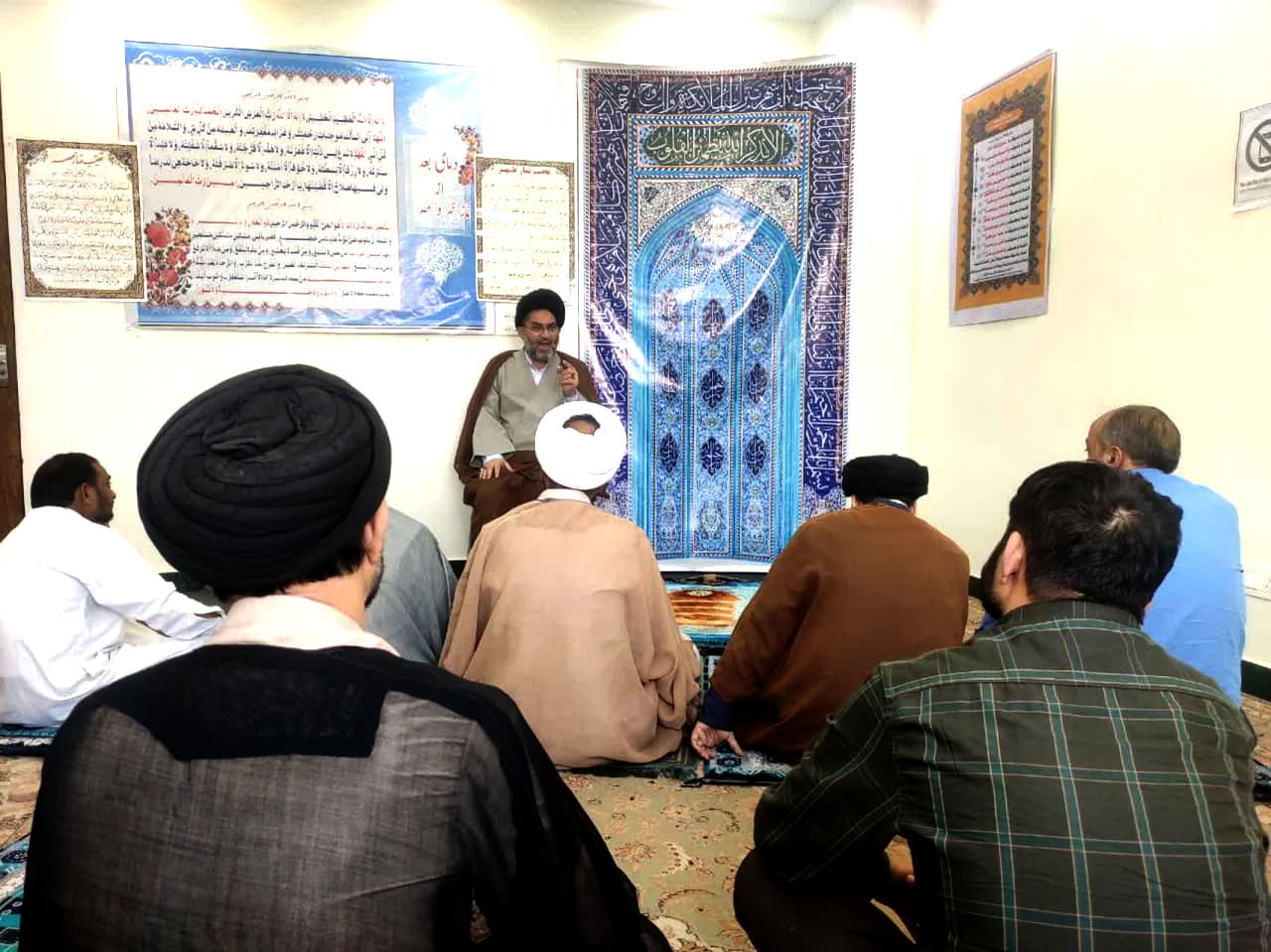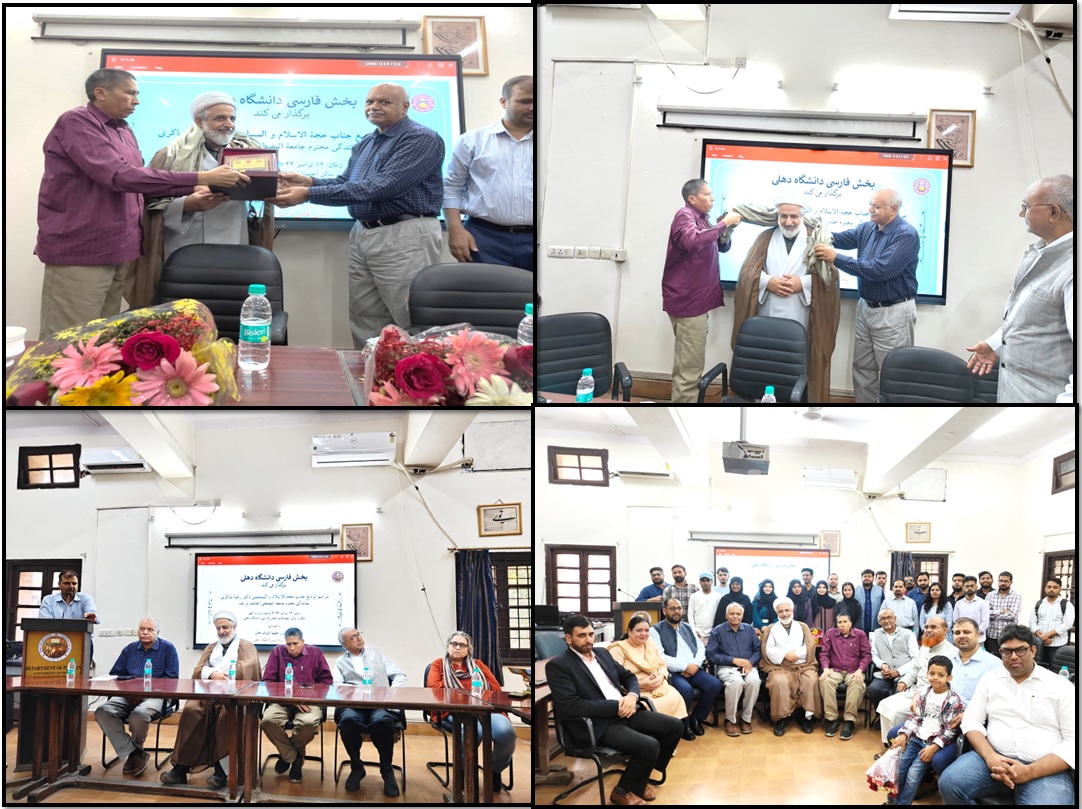


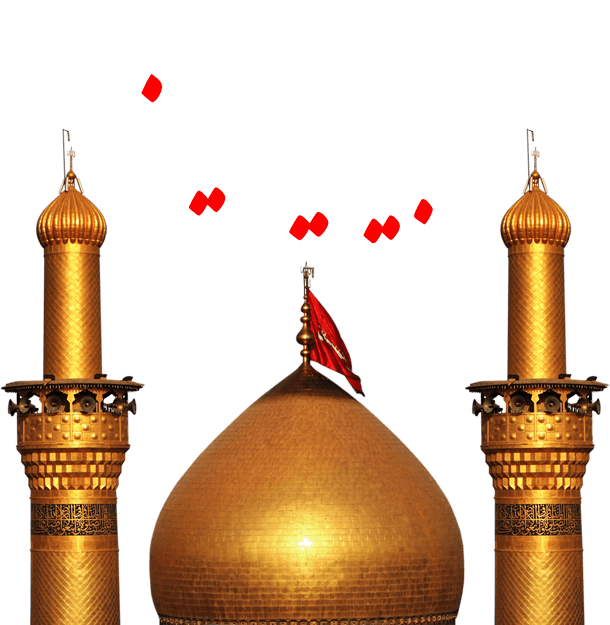



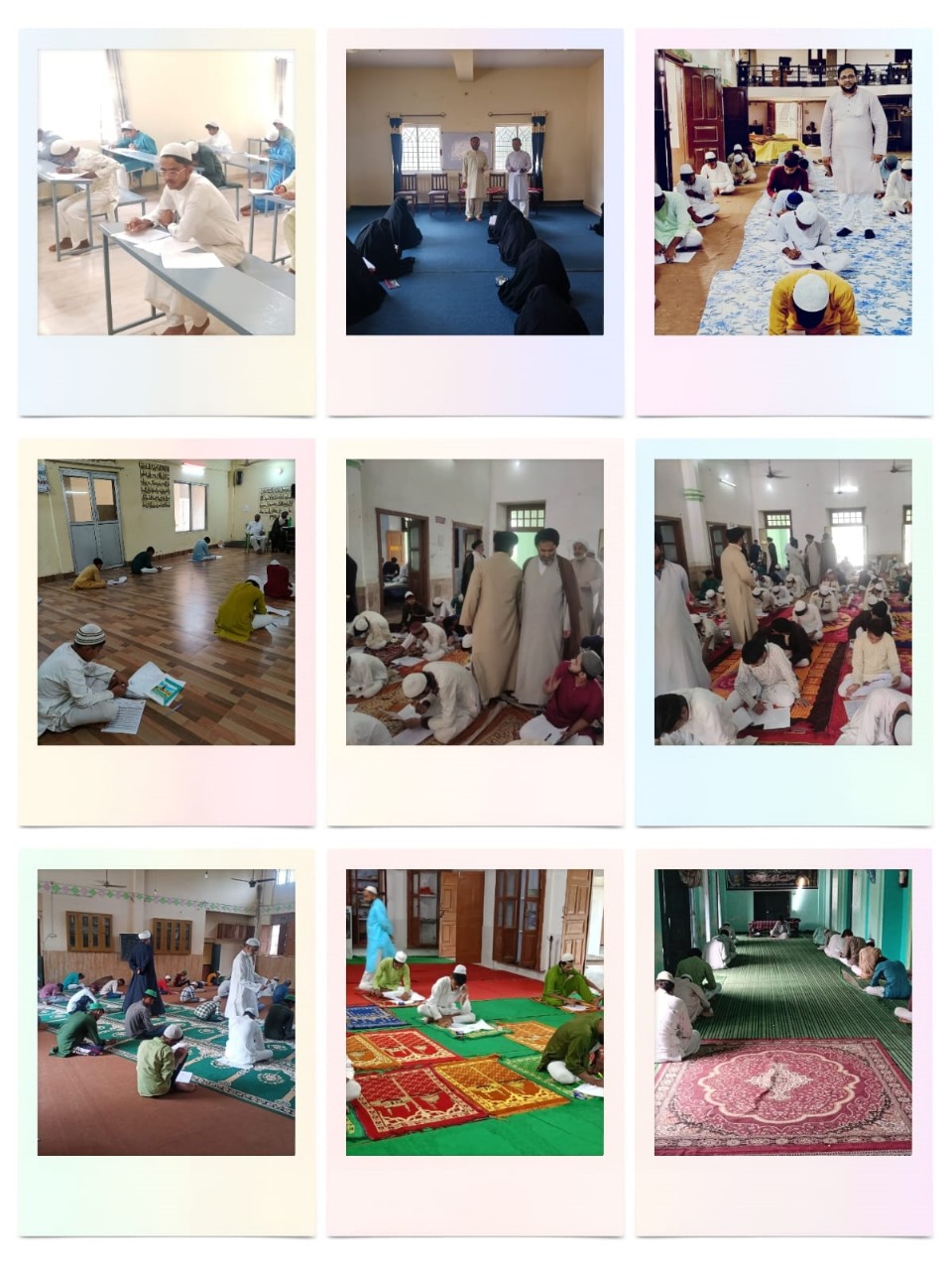


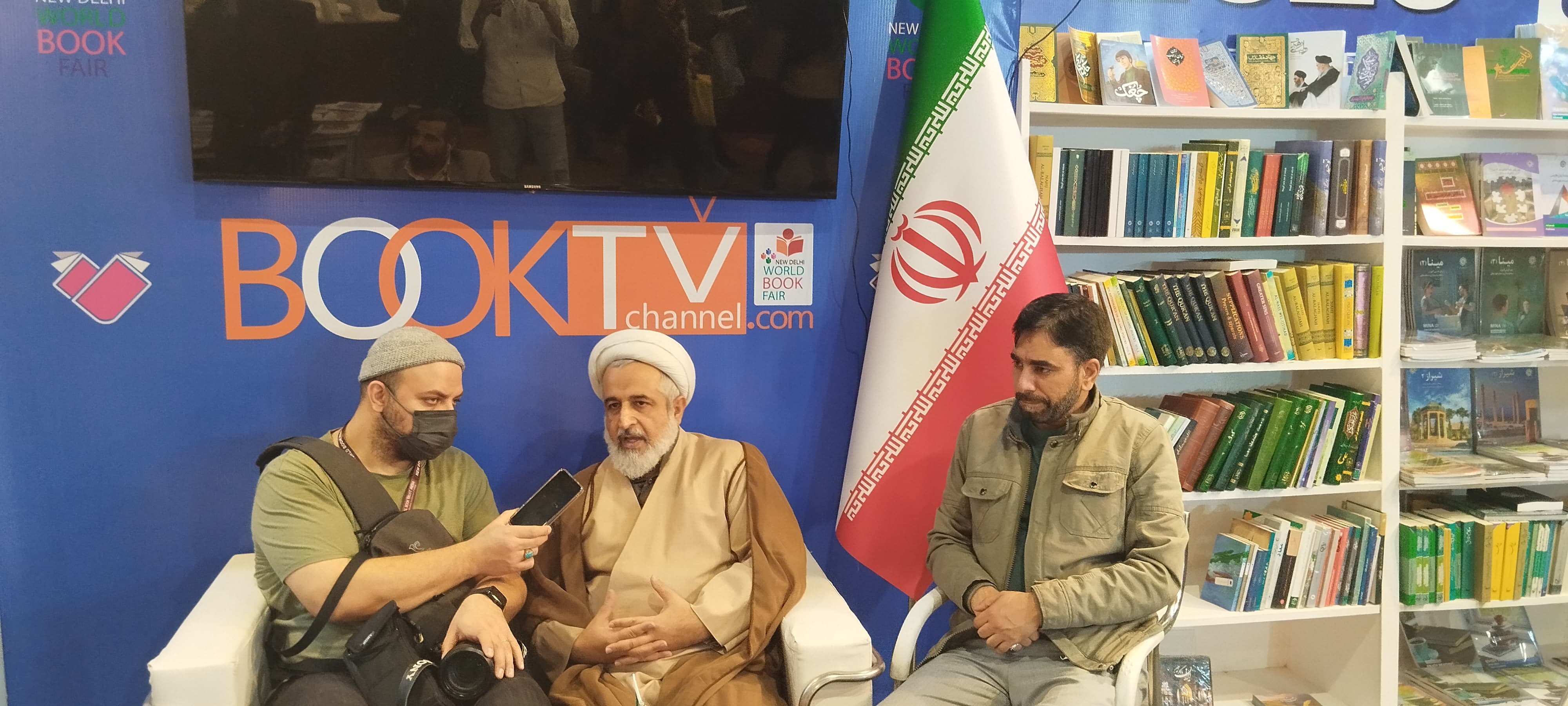

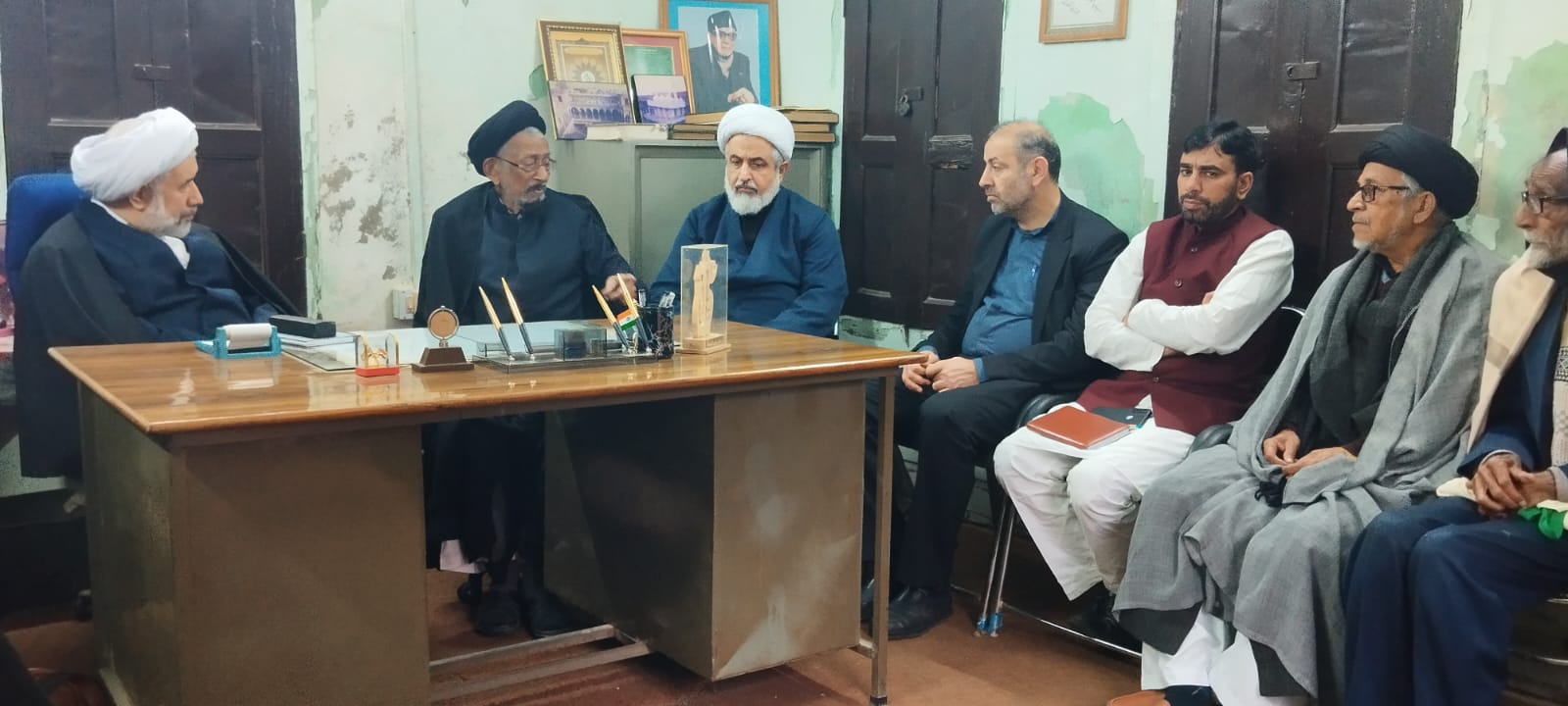

![em[a]il](/images/em[a]il-black-348x27.png) ,
Website:www.almustafa.co.in
,
Website:www.almustafa.co.inWe attempt to ensure the highest standards of publication ethics assuring that the articles are peer-reviewed before acceptance or rejection, provide high quality original content for the advancement of science and benefits the scientific community and general public at large.
All submissions are subjected to in house review by the editors, followed by external peer-review by experts in the field. The identity of the peer-reviewers remains anonymous to the authors. Occasionally, advice may be sought outside the peer-review experts to reach a consensus regarding publication of an article.
According to the journal's policy, all sources of information have to be duly acknowledged. Figures, Tables and data cannot be used from any other publication without prior permission from the publishers/authors as the case may be.
We encourage authors to use original content, copying from other sources is not allowed. In case of similarity with others, due citation has to be included in the manuscript. Once accepted, we check the articles for plagiarism and articles found to have plagiarized content will be rejected. In case plagiarism is detected post-publication, the article will be retracted.
We consider only original content for publication. Data published previously in English or any other language in any form will not be considered for publication, except those on a preprint server, institutional repository, conference or in a thesis.
Manuscripts under consideration of publication are not allowed to be submitted elsewhere. In case of a duplicate submission or submission to more than one journal, appropriate sanctions will be implied.
Authors are not allowed to re-use their own data, figures, or copied text without prior permission of the publisher. In any case, similar content has to be appropriately referenced and also described how it differs from their previous publications/data.
Salami slicing (inappropriate division of collective data from one study) into more than one publication may result in rejection of one or both the manuscripts. In case of duplicate submission/publication of data, the article would be retracted and the authors may face sanctions.
Authors found to specifically and advertently using the citations from their own work or from a particular journal would face sanctions. Authors, editors, reviewers and publishers are not allowed to favor citations of particular articles or journals to increase their own citations.
The authors are suggested to be very careful with respect to data analysis, presentation and publication. Duplicate/seemingly duplicate and similar data must be screened very carefully to identify the originality and similarity before submission. For any intentional or unintentional duplication or fabrication of data, authors would be responsible and may attract appropriate sanctions apart from rejection of their published manuscripts.
All listed authors must have made a significant scientific contribution for inclusion in the list of authors. This is solely the responsibility of the corresponding author to ensure that all authors have made significant contribution amounting to deserving authorship. Author contributions at the end of the articles are must and should be detailed to specify the contribution of each author. All authors and the editors/journal must approve changes in the authors in the first and subsequent revisions. All others who have contributed but enough to become authors must be acknowledged in the manuscript. Submissions by only the corresponding authors are allowed and the whole responsibility of the originality, data accuracy, accuracy of the references and authors' contributions lies with the corresponding authors of the article.
Conflicts of interest or competing interests come into picture when issues other than the core objective of unbiased research come into play at any stage during the planning, execution, writing or publication of the study. All authors are required to declare any conflict or competing interest in the manuscript. In case of declaration of no conflict of interest, authors are assumed to have conducted the study fairly without bias of any nature in conducting, interpreting the results or writing of the manuscript.
All peer reviewers are required to state their conflict of interest before accepting to review the manuscript. In case there are factors that can affect the decision regarding acceptance or rejection of a manuscript, they must be declared by the reviewers.
While the conflicts of interest do not always stop work from being published or prevent someone from being involved in the review process; however, they must be declared. A clear declaration of all possible conflicts †“whether they actually had an influence or not †“allows others to make informed decisions about the work and its review process.
Identification of a conflict of interest after the publication may be embarrassing for the authors, reviewers of the editors of the journal and may warrant publication of a corrigendum or re-review the work and take appropriate decisions. While the conflicts may not affect publication, they may affect how readers interpret and use the data.
The following conflicts are most likely to affect the publication and its scientific value:
8.1 Conflicts related to authors
Authors must declare if
8.2 Conflicts related to reviewers
Reviewers must declare the following if applicable;
8.3 Conflict related to editors
Editors must declare conflict of interests in the following manner;
Suspected cases of violations of publications ethics policy will be judged by the research integrity team constituted by the chief editor of the journal, and the case may be referred to external peers in case it becomes impossible to arrive at a neutral decision by the editors. We may ask authors to provide all raw data, laboratory records or any other evidence to support their data and arrive at a conclusion in case of disputes.
According to the decision taken by the research integrity team, a corrigendum may be published in the journal or if the errors are substantial or the breach of conduct is serious, the article may be retracted. The decision of the journal in such cases will be final, irrespective of the agreement of the authors. A notice in this regard will be published on the website of the journal and an explanation from the authors may also be published.
All authors will be asked to agree to the content of the notice.
In case it becomes evident that the authors have breached ethics policies in scientific publications, the following may be applied as the case may be:
INTERNATIONAL JOURNAL OF RELIGIOUS THOUGHTS (IJRT), Print ISSN 2319-2291, and its
Publisher,
ALMUSTAFA ISLAMIC RESEARCH SOCIETY, are dedicated to following best practices on ethical
matters, errors, and retractions.
The prevention of publication malpractice is one
of
the important responsibilities of the editorial board. Any kind of unethical behavior is
not
acceptable, and the Editorial Board of this journal does not tolerate plagiarism in any
form. Authors submitting articles to the INTERNATIONAL JOURNAL OF RELIGIOUS THOUGHTS
(IJRT)
affirm that manuscript contents are original.
As such, this journal follows the COPE Code of Conduct and Best Practice Guidelines for
Journal Editors and the Code of Conduct for Journal Publishers. The following duties
outlined for editors, copy editors, authors, and reviewers are based on the COPE Code of
Conduct for Journal Editors, AERA Code of Ethics, and APA Publication Ethics.
"Editors evaluate submitted manuscripts exclusively on the basis of their academic merit
(importance, originality, study's validity, clarity) and its relevance to the journal's
scope, without regard to the author's race, gender, sexual orientation, ethnic origin,
citizenship, religious belief, political philosophy or institutional affiliation.
Decisions
to edit and publish are not determined by the policies of governments or any other
agencies
outside of the journal itself.
The Editor-in-Chief has full authority over the
entire
editorial content of the journal and the timing of publication of that content."
Editors, authors, and reviewers will also adhere to the IJRT article submission
criteria:
The publisher is committed to the permanent availability and preservation of scholarly research and ensures accessibility by partnering with organizations and maintaining our own digital archive. This journal is an open-access journal.
| Format |
Article files should be provided in Microsoft Word format While you are welcome to submit a PDF of the document alongside the Word file, PDFs alone are not acceptable. LaTeX files can also be used but only if an accompanying PDF document is provided. Acceptable figure file types are listed further below. |
| Article length / word count |
Articles should be between 3000 and 10000 words in length. This includes all text, for example, the structured abstract, references, all text in tables, and figures and appendices. Please allow 280 words for each figure or table. |
| Article title | A concisely worded title should be provided. |
| Author details |
The names of all contributing authors should be added to the Scholar One submission; please list them in the order in which you’d like them to be published. Each contributing author will need their own Scholar One author account, from which we will extract the following details:
|
| Biographies and acknowledgements | If you want to include these items, save them in a separate Microsoft Word document and upload the file with your submission. Where they are included, a brief professional biography of not more than 100 words should be supplied for each named author. |
| Research funding | Your article must reference all sources of external research funding in the acknowledgements section. You should describe the role of the funder or financial sponsor in the entire research process, from study design to submission. |
| Structured abstract |
All submissions must include a structured abstract, following the format outlined below. These four sub-headings and their accompanying explanations must always be included:
The following three sub-headings are optional and can be included, if applicable:
The maximum length of your abstract should be 250 words in total, including keywords and article classification (see the sections below). |
| Keywords |
Your submission should include up to 12 appropriate and short keywords that capture the principal topics of the paper. Please note, while we will always try to use the keywords you’ve suggested, the in-house editorial team may replace some of them with matching terms to ensure consistency across publications and improve your article’s visibility. |
| Article classification |
During the submission process, you will be asked to select a type for your paper; the options are listed below. If you don’t see an exact match, please choose the best fit:
You will also be asked to select a category for your paper. The options for this are listed below. If you don’t see an exact match, please choose the best fit: Research paper. Reports on any type of research undertaken by the author(s), including:
Viewpoint. Covers any paper where content is dependent on the author's opinion and interpretation. This includes journalistic and magazine-style pieces. Technical paper. Describes and evaluates technical products, processes or services. Conceptual paper. Focuses on developing hypotheses and is usually discursive. Covers philosophical discussions and comparative studies of other authors’ work and thinking. Case study. Describes actual interventions or experiences within organizations. It can be subjective and doesn’t generally report on research. Also covers a description of a legal case or a hypothetical case study used as a teaching exercise. Literature review. This category should only be used if the main purpose of the paper is to annotate and/or critique the literature in a particular field. It could be a selective bibliography providing advice on information sources, or the paper may aim to cover the main contributors to the development of a topic and explore their different views. General review. Provides an overview or historical examination of some concept, technique or phenomenon. Papers are likely to be more descriptive or instructional (‘how to’ papers) than discursive. |
| Headings | Headings must be concise, with a clear indication of the
required hierarchy. The preferred format is for first level headings to be in bold, and subsequent sub-headings to be in medium italics. |
| Notes/endnotes | Notes or endnotes should only be used if absolutely necessary. They should be identified in the text by consecutive numbers enclosed in square brackets. These numbers should then be listed, and explained, at the end of the article. |
| Figures |
All figures (charts, diagrams, line drawings, webpages/screenshots, and
photographic images) should be submitted electronically. Both colour and
black
and white files are accepted.
|
| Tables | Tables should be typed and submitted in a separate file to the
main body of the article. The position of each table should be clearly labelled
in
the main body of the article with corresponding labels clearly shown in the
table
file. Tables should be numbered consecutively in Roman numerals (e.g. I, II,
etc.). Give each table a brief title. Ensure that any superscripts or asterisks are shown next to the relevant items and have explanations displayed as footnotes to the table, figure or plate. |
| References |
All references in your manuscript must be formatted using one of the recognised Harvard styles. You are welcome to use the Harvard style Emerald has adopted – we’ve provided a detailed guide below. Want to use a different Harvard style? That’s fine, our typesetters will make any necessary changes to your manuscript if it is accepted. Please ensure you check all your citations for completeness, accuracy and consistency. Emerald’s Harvard referencing style References to other publications in your text should be written as follows:
A few other style points. These apply to both the main body of text and your final list of references.
At the end of your paper, please supply a reference list in alphabetical order using the style guidelines below. Where a DOI is available, this should be included at the end of the reference. Surname, initials (year), "title of article", journal name, volume issue, page numbers. e.g. Capizzi, M.T. and Ferguson, R. (2005), "Loyalty trends for the twenty-first century", Journal of Consumer Marketing, Vol. 22 No. 2, pp.72-80. |

